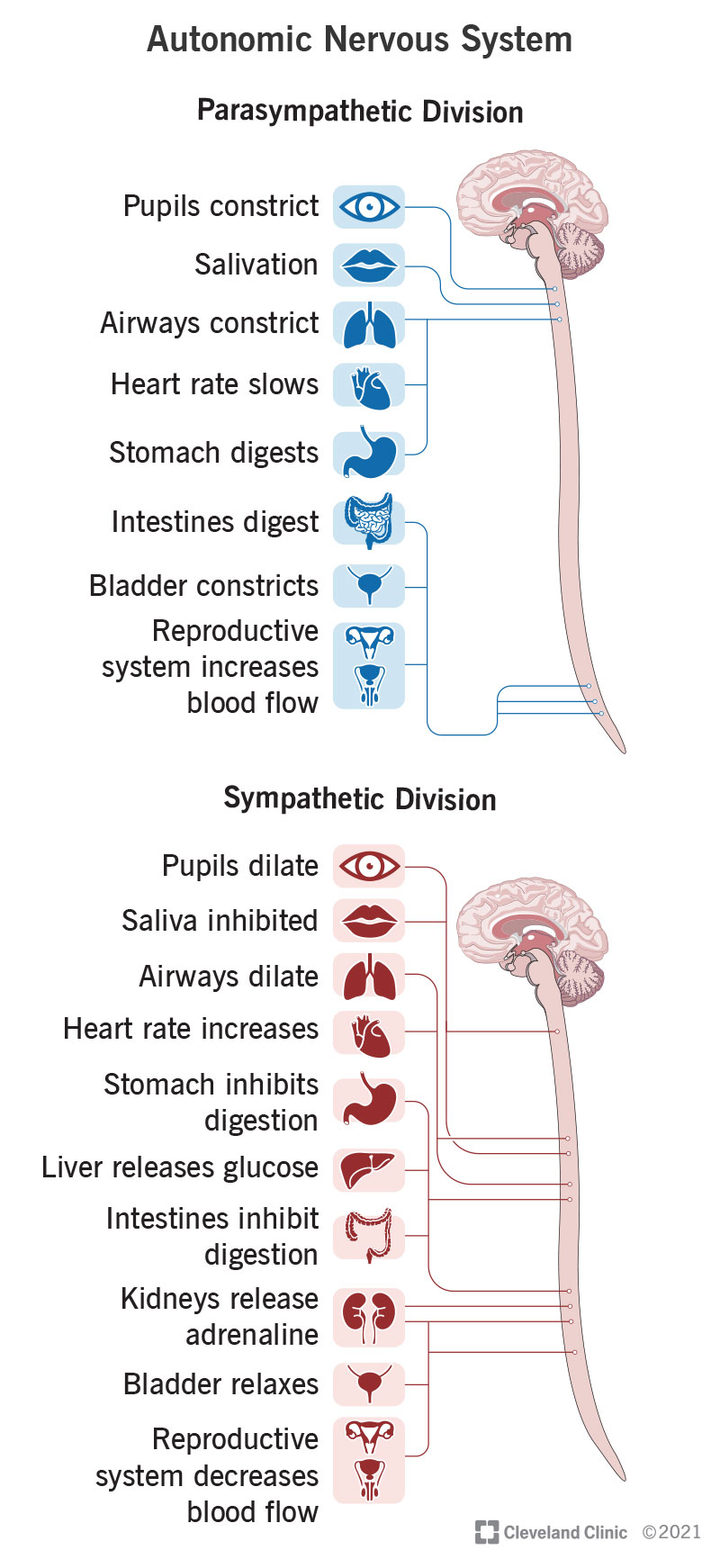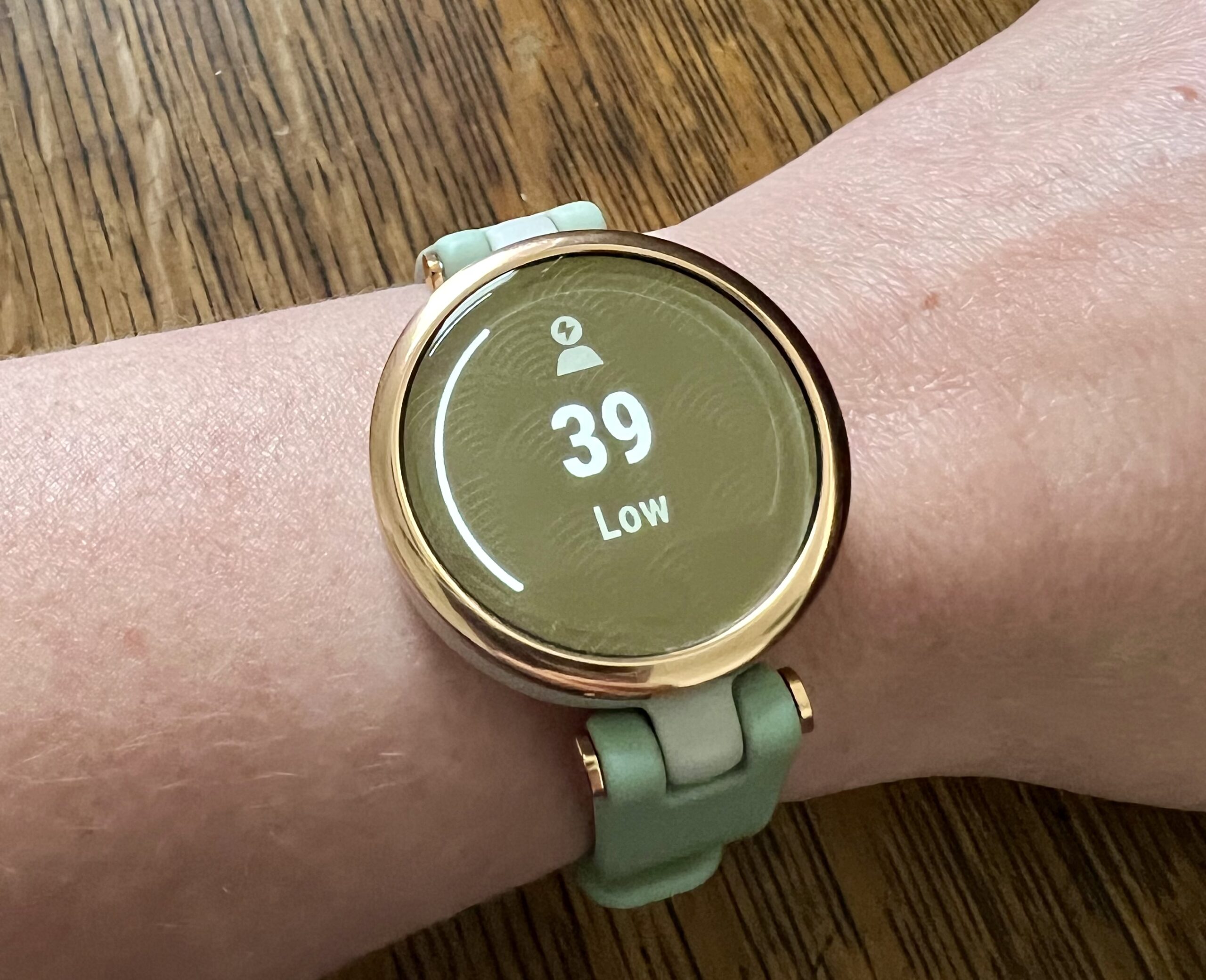vagus nerve
At Holland Health, one area we pay attention to is brain health. Because the brain is the control center of the entire body, it has a role in virtually every function that takes place. That alone should motivate all of us to care for this incredible organ as best we can!

Over the past several months, I have been working my way slowly and thoughtfully through a brain retraining program called “Primal Trust.” One aspect of brain health that I have been learning a lot about is the vagus nerve. Are you familiar with your 10th cranial nerve? If not, it would behoove you to become well acquainted with it as soon as possible. My goal with this post is to help kick off that friendship!
Let’s briefly overview the autonomic nervous system (ANS), which regulates involuntary physiologic functions that just happen without you consciously doing anything, such as heart rate and breathing. There are two divisions of the ANS, and the vagus nerve is the main component of one of them: the parasympathetic nervous system. This is the part that acts like a brake pedal and helps the body to slow down, “rest & digest.” Much the opposite, the sympathetic division acts like a gas pedal and is responsible for the “fight or flight” reaction in the body.

Both divisions of the ANS are important and have their place. For example, if you are being chased by a bear, your body is designed to go into sympathetic activation to help you escape! And then once you are safe, it is supposed to return to a parasympathetic state. The problem is that with chronic stress, we can get “stuck” in fight or flight and struggle to return to a state of calm. A lot of us spend way too much time in sympathetic activation (stress), which has negative implications on our health… but we may not even realize it, because our bodies adapt and it becomes our “normal.” Many experts believe that chronic stress is at the root, or at least a strong contributor to many diseases and dysfunctions. You can click here for a medical article with some specific examples.
This is not a “what happens in Vegas stays in Vegas” type of nerve! In fact, “vagus” is the Latin word for wandering. What happens there impacts the human body in a wide variety of very positive ways. As you can see in the image below, the vagus nerve stems from the brain to the intestines, touching many organs in between. It is the longest cranial nerve.

Vagus’ favorite thing to do is some light exercise, preferably outdoors. Learning how to tone the vagus nerve is one way you can help your body come out of stress and move back into a relaxed state. Doing this should cause a decrease in anxiety, depression, blood pressure and inflammation… as well as an improvement in gut health! Here are some of the tools I have been learning and implementing myself:
- Ear massage
- Slow, abdominal breathing
- Eye neurology
- Humming, singing and laughing
- Cold exposure
- Yoga/Somatic exercises
- Essential oils
- Meditation and prayer
- Supplements, such as GABA and L-theanine
- Gut health
(See video below for more information and a demonstration of some of these exercises!)
There are also devices you can purchase to help manually stimulate your vagus nerve. Here is an example.
As Stanley Rosenburg points out in his book “Accessing the Healing Power of the Vagus Nerve,” the positive effects of vagus nerve toning are cumulative. He says that the autonomic nervous system becomes more resilient each time we can restore a parasympathetic state after sympathetic activation. And that the long-term goal is for the nervous system to learn to return naturally, on it’s own, from stress to calm… as soon as conditions change for the better and we get back to feeling physically and emotionally safe. The vagus nerve must function properly in order for us to be healthy, feel good and interact positively with others!
If you are like me and you enjoy seeing data, you may be wondering how to test your vagus nerve’s state/tone. The main way this is done is indirectly, by looking at heart rate variability (HRV), since it is controlled by the vagus nerve. If you wear a fitness tracker watch, such as Apple Watch, Fitbit or Whoop… you are probably already tracking your HRV, whether you realize it or not. On my Garmin Watch, it is shows up as the “stress level” and is also a factor in another reading called “body battery.” As nice as it is to see that data, hopefully you will also be able to notice a difference in how vagal tone makes you feel.

Another really cool technology that I learned about in nurse coaching school is called “Heart Math.” This is a device you clip on your ear that measures HRV and teaches you how to influence and improve it. I do not yet have my own, but it is definitely on my wish list!
At the end of the day, the key to nervous system regulation is learning how to feel safe amidst stress. It is impossible to completely avoid stress in this world…and that will never change. But with awareness and understanding of the vagus nerve, we can improve our capacity to handle it. It doesn’t happen overnight and it might be a little bumpy at first. A constant state of hypervigilance may be the norm for your body, and because of that, it might be convinced it is better off in fear than in trust, which explains why it can get worse before it gets better. Just like your body had to learn to adapt to stress, it also has to learn to adapt to calm. And that is a process!
“Feeling safe is the treatment and creating safety is the work.”
Dr. Stephen Porges, Developer of The Polyvagal Theory
I hope after reading post, you have a better understanding of the wonderful and supportive asset you have right there in the core of your being. All the vagus nerve needs is a little love and attention and it will surely respond in some very beneficial, and possibly life-changing ways!

Registered nurse and health coach at Holland Health
Reviewed by Dr. Shane Holland, D.O.
Although I am a nurse by trade, I am not a doctor or an expert, and the information I provide on this blog is for educational purposes only. Each person is unique and their needs and circumstances vary, so I always recommend that you consult your medical provider before making any changes.
